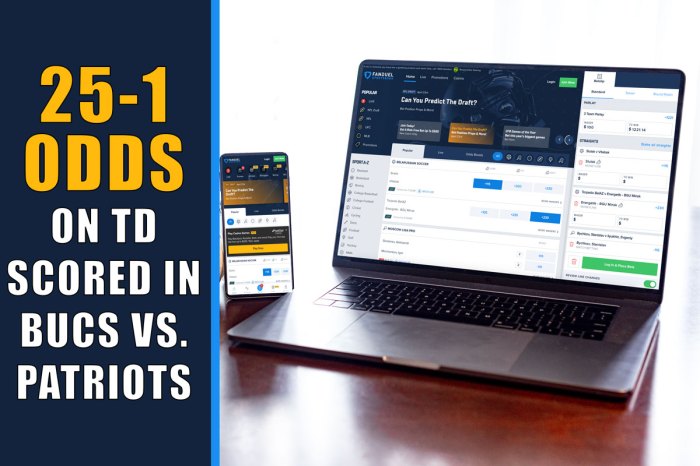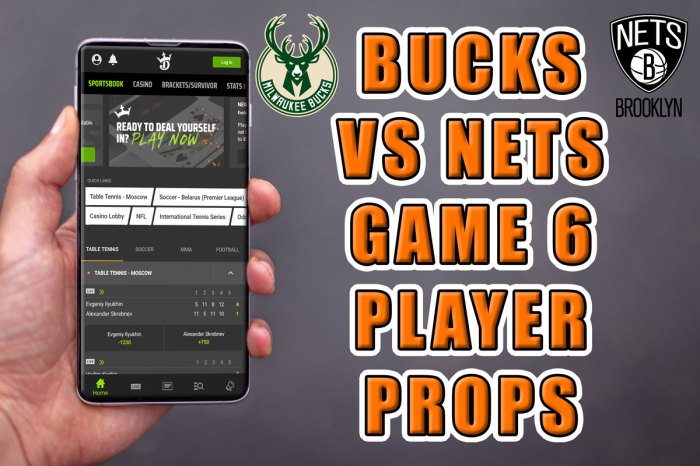Every MLB game has an over/under line. This line (in number format), is the sportsbook’s projection for how many runs both teams will score, combined.
For example, imagine the Phillies play the Mets with an over/under line for the game set at 9 by your favorite sportsbook. The outcome of our mythical game is 5-3, Phil’s beat the Mets (but in over/under betting who wins doesn’t matter).
The bettors who picked under would win – because the total runs scored (8) was less than the sportsbook over/under line (9).
In the 2018 season, the Phillies went over the total runs scored betting line 74 times; under the betting line 81 times and tied (or pushed) the betting line 7 times. Mathematically their over/under results were as follows: 74-81-7, 47.7% over vs. 52.3% under.
For the 81 road games in 2018, the Phils scored even less than the sportsbooks projected. The “under” hit 42 times while going “over” the run total occurred just 35 times. The Phillies away game mathematical over/under line for 2018 looks like this: 35-42-4, 45.5% over vs. 54.5% under.
As the MLB season gets underway, start to look at MLB total over/under lines. And before you consider “jumping in” (placing a bet), be aware that sportsbooks will use half runs (.5) to “attract” over bettors, also known as “hanging the hook.”
These sportsbooks know that the recreational sports bettor tends to side with the over. Therefore, by reducing an over/under line a half-point makes the “over” bet even sexier (imagine in our above example, the over/under Phillies/Mets line was 8.5 instead of nine).
But betting the under is not for everyone. Most would find it tough going to the ballpark and rooting for a 1-0 sleeper, without a care in the world if your team wins.



















